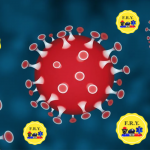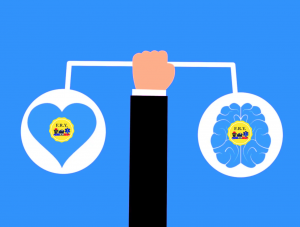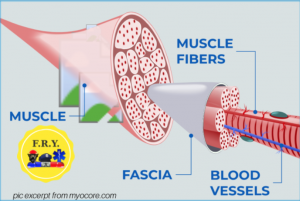
Movement & Mind Training in Mood Disorder Treatment
Movement & Mind Training are tools to help Mood Disorder Treatment.
Keep reading to discover more.
Movement & Mind Training in Mood Disorder Treatment: Mood Disorder Treatment and Neuroscience
According to Neuroscience principles our brain can rewire the neural connections. These connections link together various lobes. They also link sensory input and motor output.
Our neuron connections constantly change in response to environments and life experiences. They change in number. They change in strength. This is Neuroplasticity: the changes in the number and strength of connections between our neuron. It plays an important role in treating the mood disorder.
Mood disorders can have a foundation in the quality and number of neuron connections. Neuroplasticity is key to good brain function. Brain malfunction may indicate that certain aspects of Neuroplasticity may be impaired.
The game changer is that we can reverse this process thanks to Neuroplasticity. In which way? Through exercising, training our mind and eating in a better way.
Movement & Mind Training in Mood Disorder Treatment: Chemicals imbalance effect your mood.
The level of the protein called Brain-Derived Neurotrophic Factor (BDNF) indicates Mood disorder.
BDNF is required for neuronal development early in life and for neuronal survival and function in the adult brain.
BDNF is a key molecule in Neuroplasticity.
Stress or glucocorticoid exposures (steroid hormones used for the treatment of inflammation, autoimmune diseases, and cancer) decrease the level of BDNF in the hippocampus. Levels of BDNF are lower in the brains of people with depressive symptom (you can read more at this link)
The level of BDNF indicates the neurons’ ability to form new or stronger connections with other neurons. How can we increase the level of BDNF? Keep reading to find an answer.
Movement & Mind Training in Mood Disorder Treatment
Physical activity is considered a potential intervention for depression prevention (read more here at this link).
Exercise may be one of the best ways to promote healthy Neuroplasticity in parts of the brain that are implicated in depression.
Studies have shown that:
- exercise (especially aerobic exercise) can increase the levels of BDNF in the brain
- there is a correlation between more exercise and a bigger hippocampus, that means better regulation in learning and memory encoding.
Training the mind is another way to improve the brain’s Neuroplasticity mechanisms. You can reap that benefit by:
- Challenging the brain by learning something new
- Putting yourselfe in slightly uncomfortable situations
- Practicing Mindfulness meditation.
You are what you think…and eat
Eating plays an important role in the neuron connection. This is due to:
- The Gut-Brain Axis – It links the cognitive and emotional activity of the brain with the activity of the intestinal system. It is a channel by which the food we eat, after it is broken down into the gut by digestive enzymes, shapes our moods, our cognitive function, our reactivity to stress, our memory operations, how the brain ages, and much more.
- The release of food-related hormones – Eating induces the brain to release “feel good” hormones, such as endorphins.
The role of sleeping in Mood Disorder
Mood disorders are found in one-third to one-half of patients with chronic sleep problems. Likewise, most patients with mood disorders experience insomnia (link to the study).
So we need to maintain a good sleeping regiment. Cutting out caffeine intake in the afternoon, winding down before bed, cooling the bedroom, and sleeping away from electronic devices can help.
Conclusion
FRY The Method offers techniques that will trigger the body resilience with movement.
FRY The Method trains your mind with meditation.
FRY The Method helps to relax your body with relaxation techniques.
If you have read the articles above, you can link the benefits of FRY The Method to your overall mind-body wellness.





